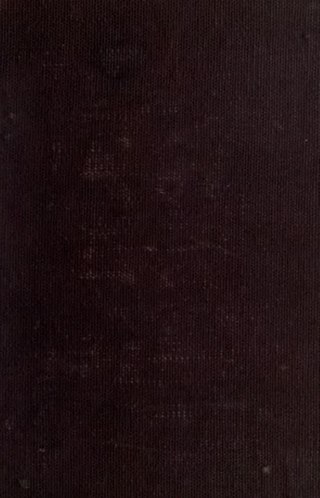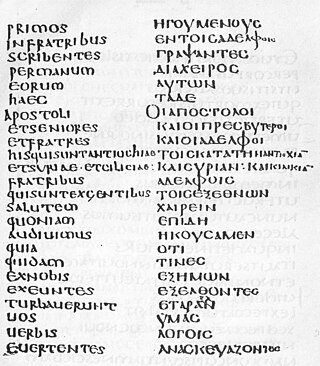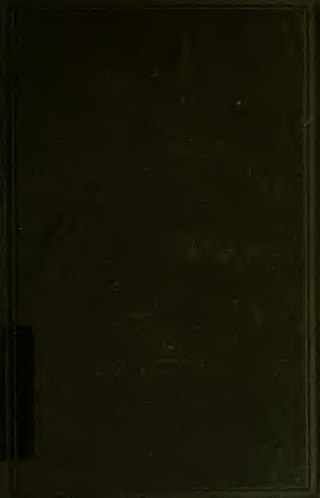Related Research Articles

In the textual criticism of the New Testament, the Byzantine text-type is one of the main text types. It is the form found in the largest number of surviving manuscripts of the Greek New Testament. The New Testament text of the Eastern Orthodox Church, the Patriarchal Text, as well as those utilized in the lectionaries, are based on this text-type. Whilst varying in at least 1,830 places, it also underlies the Textus Receptus Greek text used for most Reformation-era (Protestant) translations of the New Testament into vernacular languages. Modern translations mainly use eclectic editions that conform more often to the Alexandrian text-type.
In textual criticism of the New Testament, the Alexandrian text-type is one of the main text types. It is the text type favored by the majority of modern textual critics and it is the basis for most modern Bible translations.
In textual criticism of the New Testament, the Western text-type is one of the main text types. It is the predominant form of the New Testament text witnessed in the Old Latin and Syriac Peshitta translations from the Greek, and also in quotations from certain 2nd and 3rd-century Christian writers, including Cyprian, Tertullian and Irenaeus. The Western text had many characteristic features, which appeared in text of the Gospels, Book of Acts, and in Pauline epistles. The Catholic epistles and the Book of Revelation probably did not have a Western form of text. It was named "Western" by Semmler (1725–1791), having originated in early centers of Christianity in the Western Roman Empire.

Textus Receptus refers to the succession of printed editions of the Greek New Testament from Erasmus's Novum Instrumentum omne (1516) to the 1633 Elzevir edition.

The Codex Ephraemi Rescriptus designated by the siglum C or 04, δ 3, is a manuscript of the Greek Bible, written on parchment. It contains most of the New Testament and some Old Testament books, with sizeable portions missing. It is one of the four great uncials. The manuscript is not intact: its current condition contains material from every New Testament book except 2 Thessalonians and 2 John; however, only six books of the Greek Old Testament are represented. It is not known whether 2 Thessalonians and 2 John were excluded on purpose, or whether no fragment of either epistle happened to survive.

Codex Washingtonianus, Codex Washingtonensis or Codex Freerianus, designated by W or 032, ε014, also called the Washington Manuscript of the Gospels, The Freer Gospel and The Freer Codex, is a Greek uncial manuscript of the four Gospels, written on parchment. Using the study of comparative writing styles (palaeography), it has been dated to the 4th or 5th century. The manuscript has some gaps.

The New Testament in the Original Greek is a Greek-language version of the New Testament published in 1881. It is also known as the Westcott and Hort text, after its editors Brooke Foss Westcott (1825–1901) and Fenton John Anthony Hort (1828–1892). Textual scholars use the abbreviations "WH" or "WHNU". It is a critical text, compiled from some of the oldest New Testament fragments and texts that had been discovered at the time.
New Testament manuscripts in Greek are categorized into five groups, according to a scheme introduced in 1981 by Kurt and Barbara Aland in The Text of the New Testament. The categories are based on how each manuscript relates to the various text-types. Generally speaking, earlier Alexandrian manuscripts are category I, while later Byzantine manuscripts are category V. Aland's method involved considering 1000 passages where the Byzantine text differs from non-Byzantine text. The Alands did not select their 1000 readings from all of the NT books; for example, none were drawn from Matthew and Luke.

Papyrus 45, designated by siglum 𝔓45, is an early Greek New Testament manuscript written on papyrus, and is one of the manuscripts comprising the Chester Beatty Papyri, a group of early Christian manuscripts discovered in the 1930s, and purchased by business man and philanthropist, Alfred Chester Beatty. Beatty purchased the manuscript in the 1930s from an Egyptian book dealer, and it was subsequently published in The Chester Beatty Biblical Papyri, Descriptions and Texts of Twelve Manuscripts on Papyrus of the Greek Bible by palaeographer, biblical and classical scholar Frederic G. Kenyon in 1933. Manuscripts among the Chester Beatty Papyri have had several places of discovery associated with them, the most likely being the Faiyum in Egypt. Using the study of comparative writing styles (palaeography), it has been dated to the early 3rd century CE. This therefore makes it the earliest example of not only the four Gospels contained in one volume, but also the Acts of the Apostles. It contains verses in fragmentary form from the texts of Matthew chapters 20–21 and 25–26; Mark chapters 4–9 and 11–12; Luke chapters 6–7 and 9–14; John chapters 4–5 and 10–11; and Acts chapters 4–17. The manuscript is currently housed at the Chester Beatty Library, Dublin, Ireland, except for one leaf containing Matt. 25:41–26:39 which is at the Papyrus Collection of the Austrian National Library in Vienna.

Codex Laudianus, designated by Ea or 08, α 1001, called Laudianus after the former owner, Archbishop William Laud. It is a diglot Latin — Greek uncial manuscript of the New Testament, palaeographically assigned to the 6th century. The manuscript contains the Acts of the Apostles.

Codex Regius, designated by siglum Le or 019, ε56, is a Greek uncial manuscript of the New Testament written on parchment. Using the study of comparative writing styles (palaeography), it has been assigned to the 8th century. The manuscript has several gaps. Textual critic Frederick H. A. Scrivener described it as "by far the most remarkable document of its age and class."
The Codex Athous Laurae, designated by Ψ or 044, or δ 6, is a manuscript of the New Testament written in Greek uncial letters on parchment. The manuscript has many gaps in the text, as well as containing handwritten notes. Using the study of comparative writing styles (palaeographically), the codex is dated to the 8th or 9th century.

Minuscule 33, δ 48 (Soden), before the French Revolution was called Codex Colbertinus 2844. It is a Greek minuscule manuscript of the New Testament on parchment, dated palaeographically to the 9th century. The manuscript is lacunose. It has marginalia. According to the textual critics it is one of the best minuscule manuscripts of the New Testament.

Minuscule 5, δ 453, is a Greek minuscule manuscript of the New Testament, on 342 parchment leaves. Using the study of comparative writing styles (palaeography), it has been dated to the 13th century.

Western non-interpolations is a term coined by F. J. A. Hort for certain phrases that are absent in the Western text-type of New Testament manuscripts, but present in one of the two major other text-types. The Alexandrian text-type is generally terse or concise; the Western text-type is larger and paraphrased at places ; the Byzantine text-type is a combination of those two. Nevertheless, the Western text is in certain places shorter than the Alexandrian text. All these shorter readings Hort named Western non-interpolations. Because New Testament scholars have generally preferred the shorter reading – lectio brevior – of textual variants since the 19th century, B. F. Westcott and F. J. A. Hort concluded that these shorter readings in Western manuscripts represented the authentic original Biblical text. When they printed The New Testament in the Original Greek (1882), in almost all cases, it followed the Alexandrian text with the few exceptions that use these Western non-interpolations instead. According to Westcott and Hort, on some rare occasions Western textual witnesses have preserved the original text, against all other witnesses.

Minuscule 700, ε 133, is a Greek New Testament minuscule manuscript of the Gospels, written on parchment. It was formerly labelled as 604 in all New Testament manuscript lists, however textual critic Caspar René Gregory gave it the number 700. Using the study of comparative writing styles (palaeography), it has been dated to the 11th century. It is currently housed at the British Library in London.
Minuscule 28, ε 168, formerly known as Colbertinus 4705, is a Greek minuscule manuscript of the New Testament, written on vellum. Using the study of comparative writing styles (palaeography), it has been dated to the 11th-century. It contains marginal notes (marginalia), and has several gaps.

Minuscule 157, ε 207, is a Greek minuscule manuscript of the New Testament Gospels, on vellum. According to the colophon it is dated to the year 1122. Formerly the date was wrongly deciphered as 1128. It has complex contents and full marginalia.

Textual criticism of the New Testament is the identification of textual variants, or different versions of the New Testament, whose goals include identification of transcription errors, analysis of versions, and attempts to reconstruct the original text. Its main focus is studying the textual variants in the New Testament.
Textual variants in the Gospel of Luke are the subject of the study called textual criticism of the New Testament. Textual variants in manuscripts arise when a copyist makes deliberate or inadvertent alterations to a text that is being reproduced. An abbreviated list of textual variants in this particular book is given in this article below.
References
- ↑ B. F. Westcott & F. J. A. Hort, Introduction to the New Testament in the Original Greek (1882), pp. 93-107
- ↑ Bruce M. Metzger, Bart D. Ehrman, "The Text of the New Testament: Its Transmission, Corruption and Restoration", Oxford University Press (New York – Oxford, 2005), p. 265